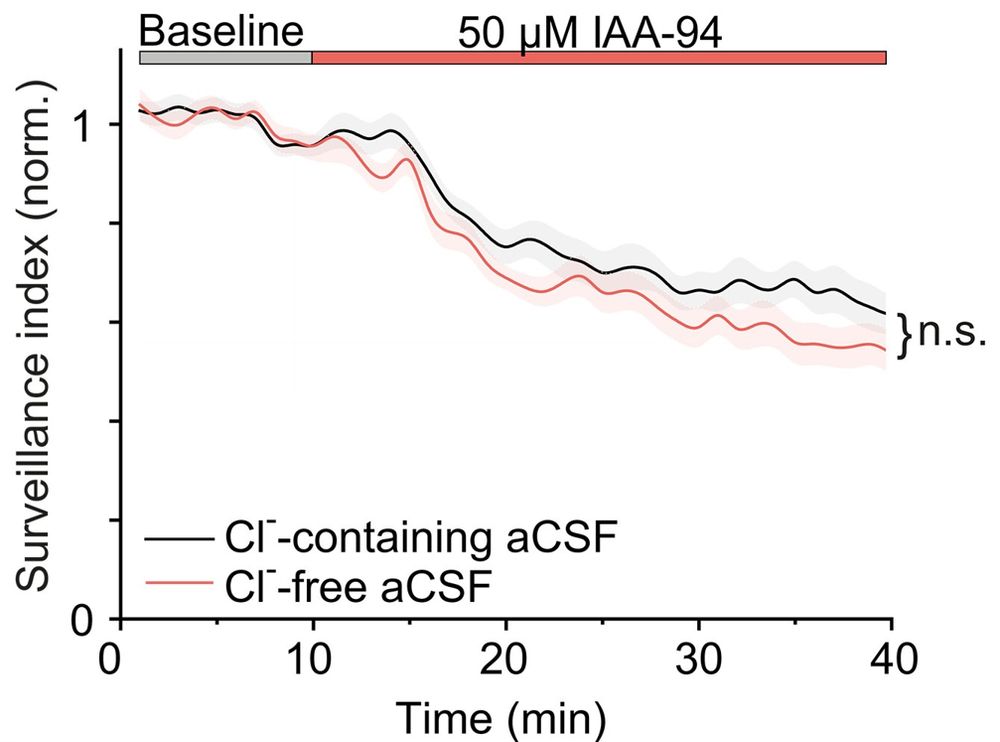Read the full story here: www.science.org/doi/10.1126/...

Read the full story here: www.science.org/doi/10.1126/...






Our new study in @ScienceAdvances @science.org explores how these functions are regulated.
Our new study in @ScienceAdvances @science.org explores how these functions are regulated.

